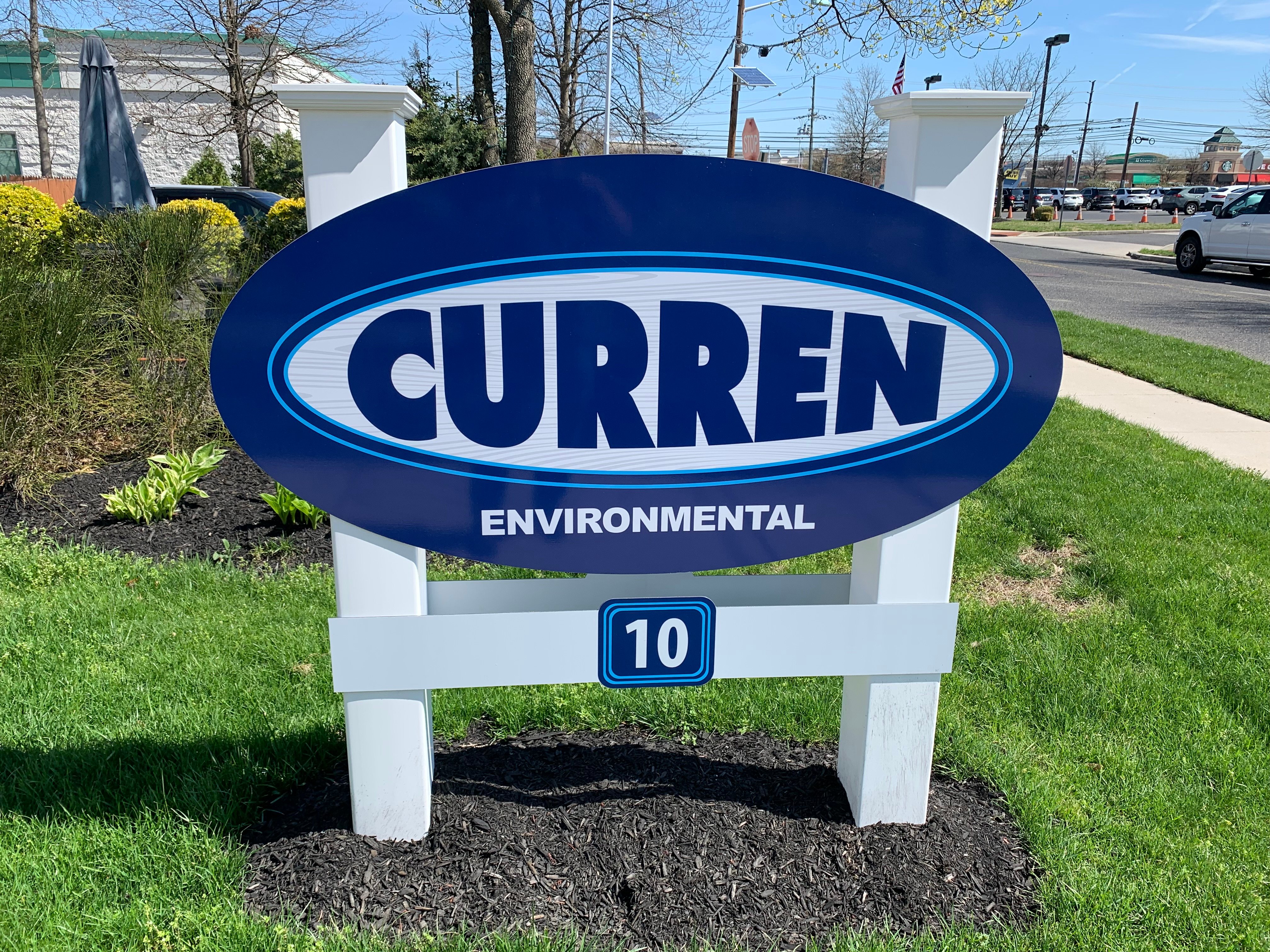Is a Phase I required by law in a real estate transaction?
No, it is not required by law. A Phase I is meant to protect the purchaser from environmental liability, as any environmental issue found will reduce the value of the land. Like the photo below how things look today may not be how things looked in the past and environmental regulations place the responsibility of cleanup on the property owner, not necessarily the polluter.
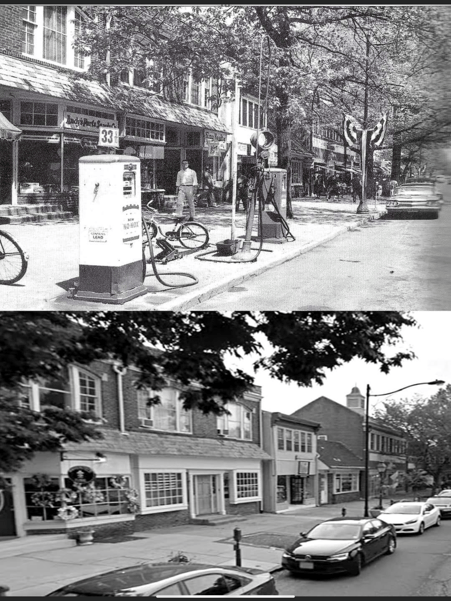
What standards does a Phase I follow?
A Phase I is intended primarily as an approach to conducting an inquiry designed to identify recognized environmental conditions in connection with a property. A Phase I Environmental Assessment is in accordance with ASTM E1527-21, inclusive of the AAI (All Appropriate Inquiries) requirements.
What is involved with a Phase I?
Research, interviews, site visit, professional environmental consultant review of this data to determine if any recognized environmental (REC) exists and would warrant further investigation, that is it in a nutshell. Read further if you want more detail, call the below number if you want a fee initial consultation.
888-301-1050
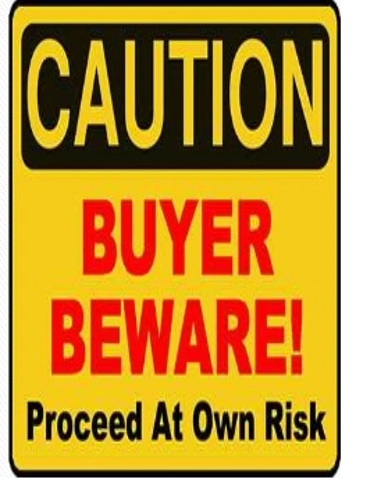
A Phase I Environmental Site Assessment (ESA) meant to identify the potential for contamination of a site by hazardous or toxic materials and to identify other possible environmental constraints on the site. It is not meant to be a detailed, comprehensive investigation based on quantitative or qualitative analytical data. No environmental sampling and analysis will be performed under the Phase I scope of work. The form and content of this ESA I will follow the form and content as outlined in ASTM standard E 1527-21. The results of the Phase I ESA will be used to determine whether or not further study (such as a Phase II ESA) is warranted, based on the background information gathered and the results of the site inspection. To obtain and develop the information required for the Phase I ESA of the property in a timely and efficient manner, the following scope of work is proposed, subject to minor additions and deletions, as indicated by the availability, relevancy, and adequacy of the background information, and by best field judgment.
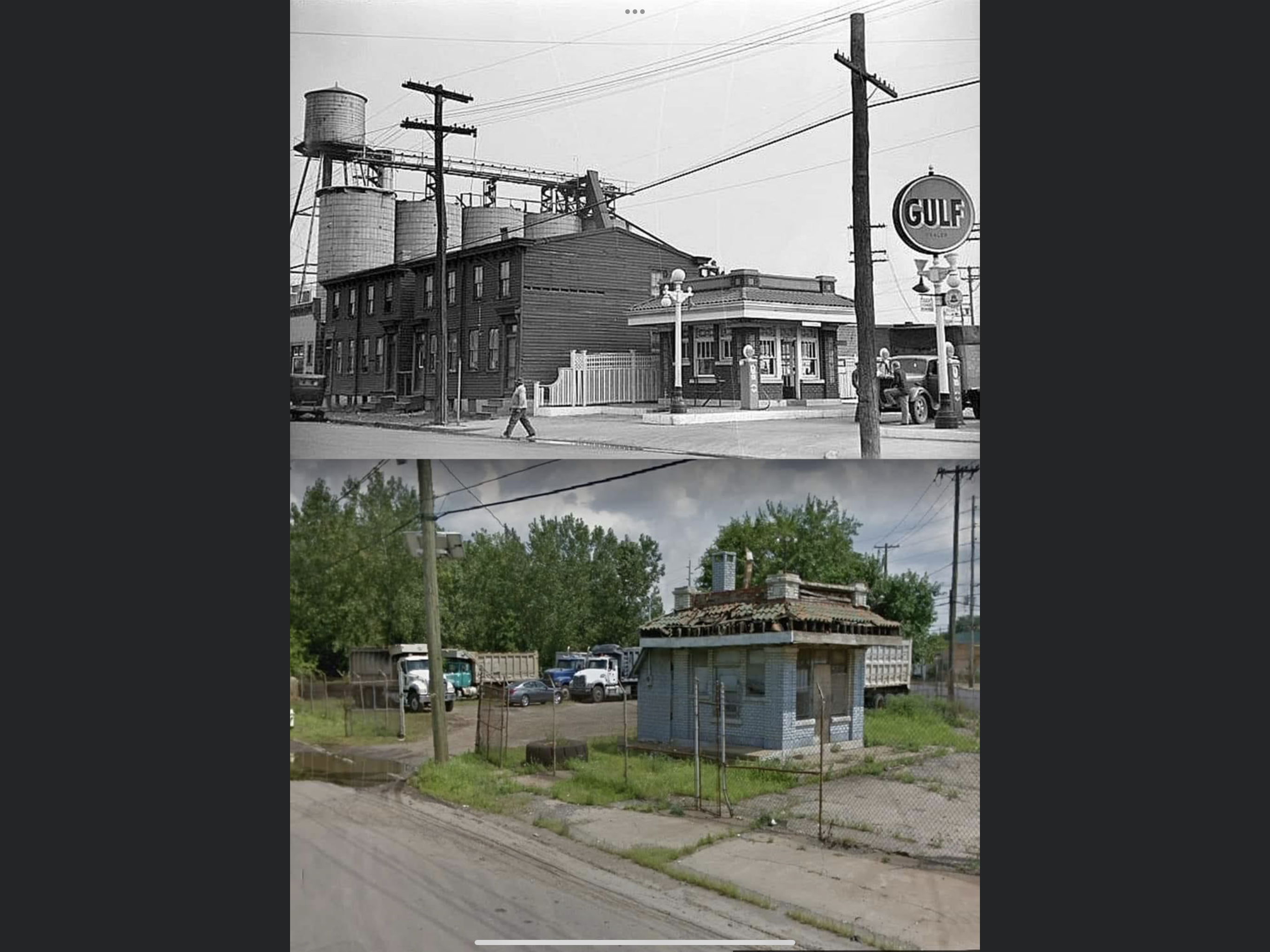
The bank is not requiring a Phase I so I don’t need one?
Again, a Phase I is for the buyer's protection, banks are not responsible for contamination found on a property where they hold a mortgage. Banks are not so much concerned about a Phase I being performed but that a borrower has the ability to repay the loan.
A Phase I is expensive and not needed.
Most Phase I’s cost between $2,200.00 and $3,000, less than a flood insurance policy at the beach. We tell clients to look at a Phase I costs as a one-time insurance policy premium to ensure you not buying someone else’s problem.
I am getting different prices to complete a Phase I, why are some companies more expensive or they doing it different?
All Phase I's follow a protocol ASTM E1527-21, which outlines how a Phase I is performed. The 21, indicates the year when the protocol was last revised. So, on a level playing field everyone should follow the same recipe. Your differentiation is WHO is performing the Phase I. Veteran or more experienced environmental professionals will typically provide a better product based on their foundation of performing many Phase I's over the years, which can account for price differentials.
In addition every Phase I (research) ca turn into a Phase II (testing) which many consultants want to have the Phase II work which is more expensive than the Phase I. For example a Phase I may turn into a $12,000 Phase II, so some companies give an enticing price for a Phase I to get the Phase II.
At Curren we do all Phase I, II & II (remediation) work in house, our personnel and out equipment, most firms subcontract this work, and client suffer the markups.
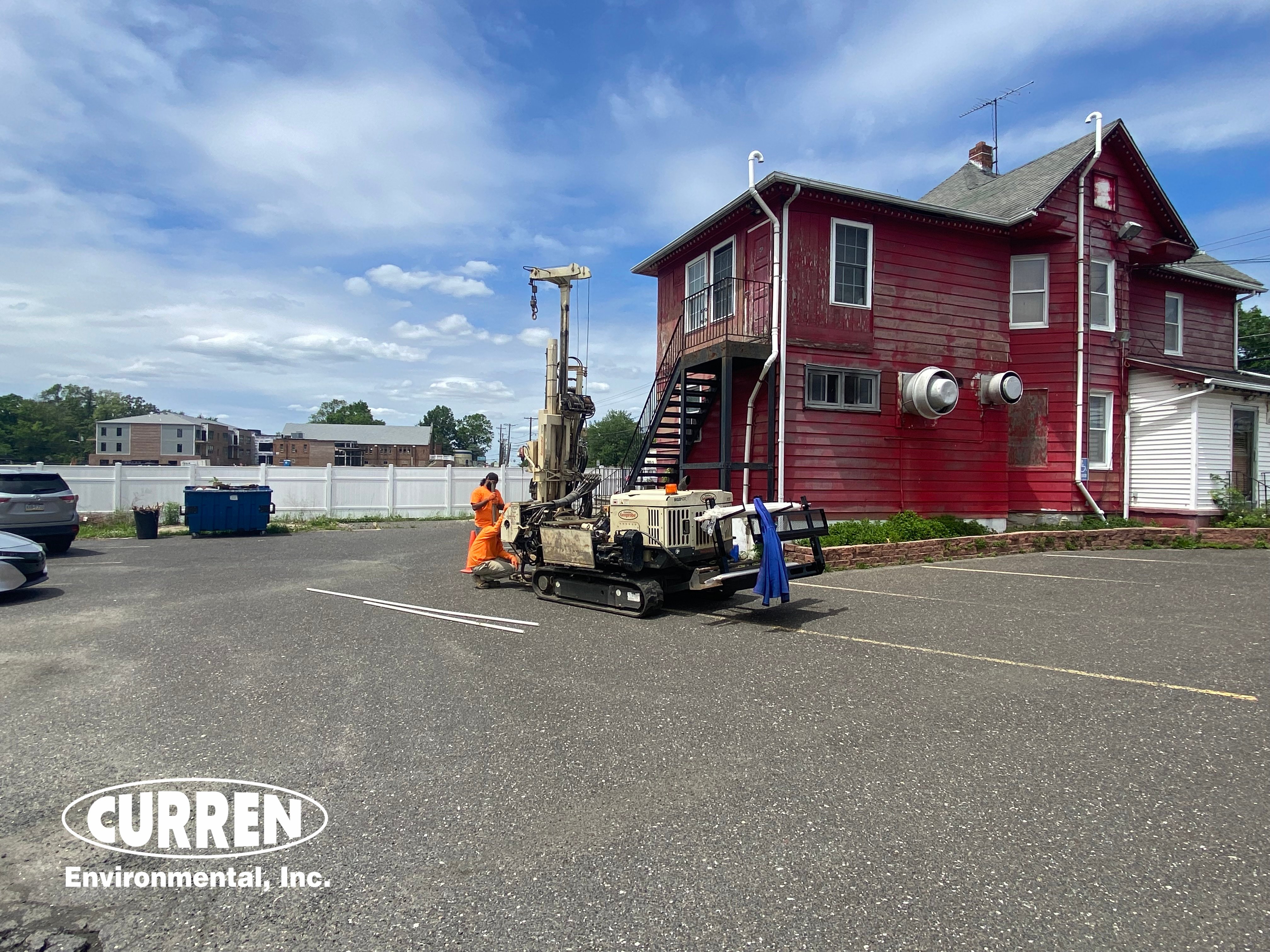
Bottom line you should ask the experience level of the company personnel that performs the Phase I and if they subcontract the Phase Ii work.
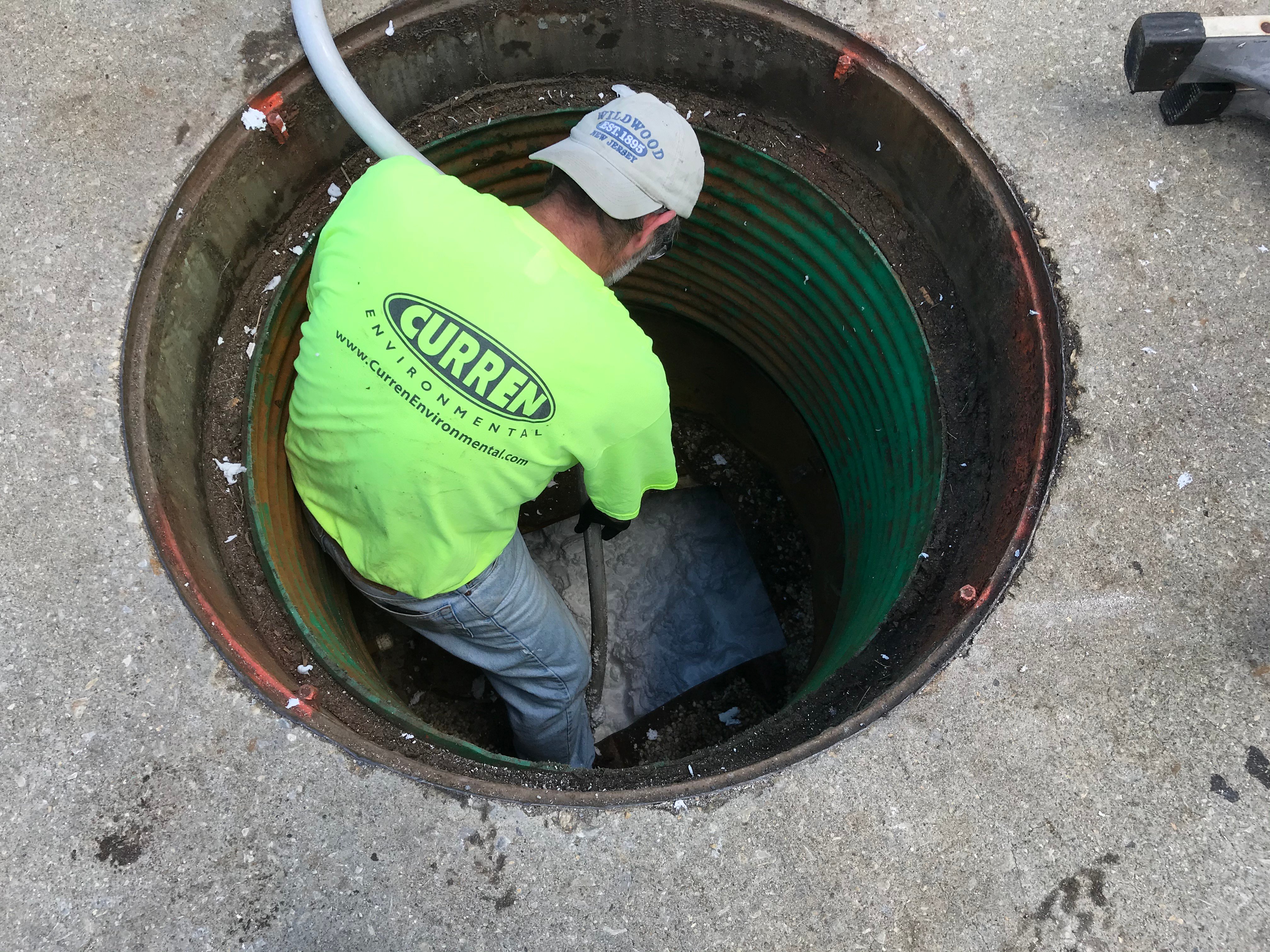
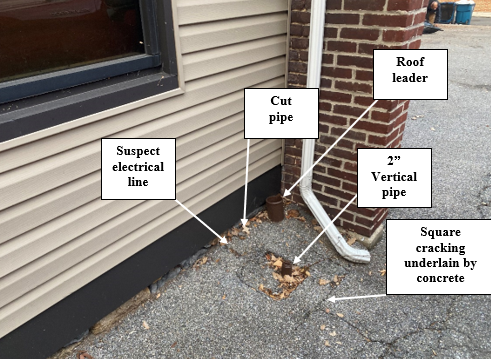
The Phase I was reasonable, but it found issues that need to be investigated. The cost for the Phase II is thousands of dollars, why?
Well depending on what the Phase I found, i.e., what issues would require investigation (more issues, more cost) dictates the cost. Additionally, many firms that perform Phase I's are staffed by white collar professionals who outsource part of the Phase II cost such as drilling, GPR (Ground Penetrating Radar). These subcontractor markups add to a Phase II cost. Additionally, many firms view Phase I's as a loss leader and expect to make up profit margins on the Phase II.
The property is low risk i.e., residential, car wash, store or vacant so I don't think an environmental audit is needed?
We have found residential properties that were once commercial and had environmental problems. Unless you are an experienced environmental professional you are not qualified to render an opinion. We have found current property uses are not the same as past uses. Car washes and stores have been found to had been gasoline stations. An environmental professional would only lend an opinion after a Phase I is completed.
The owner of the property didn’t perform a Phase I, so why should I?
Because you shouldn’t make the same mistake as the previous buyer. What happens when you sell and the new buyer has a Phase I and finds a problem that predates your ownership, but you are responsible to cleanup? Besides complain, you will pay for to fix the problem or take a significantly lower asking price for the site.
The number one compliant we hear about a Phase I is from a seller saying they wished they performed a Phase I before they bought the property. This is typically said when the buyer has a phase I completed and find a problem the property owner didn’t know existed.
Who pays for the Phase I?
Typically, the buyer, but sometimes the seller and buyer will split the cost. In this arrangement, if the buyer backs out, the seller still retains the rights to use the Phase I for another buyer.
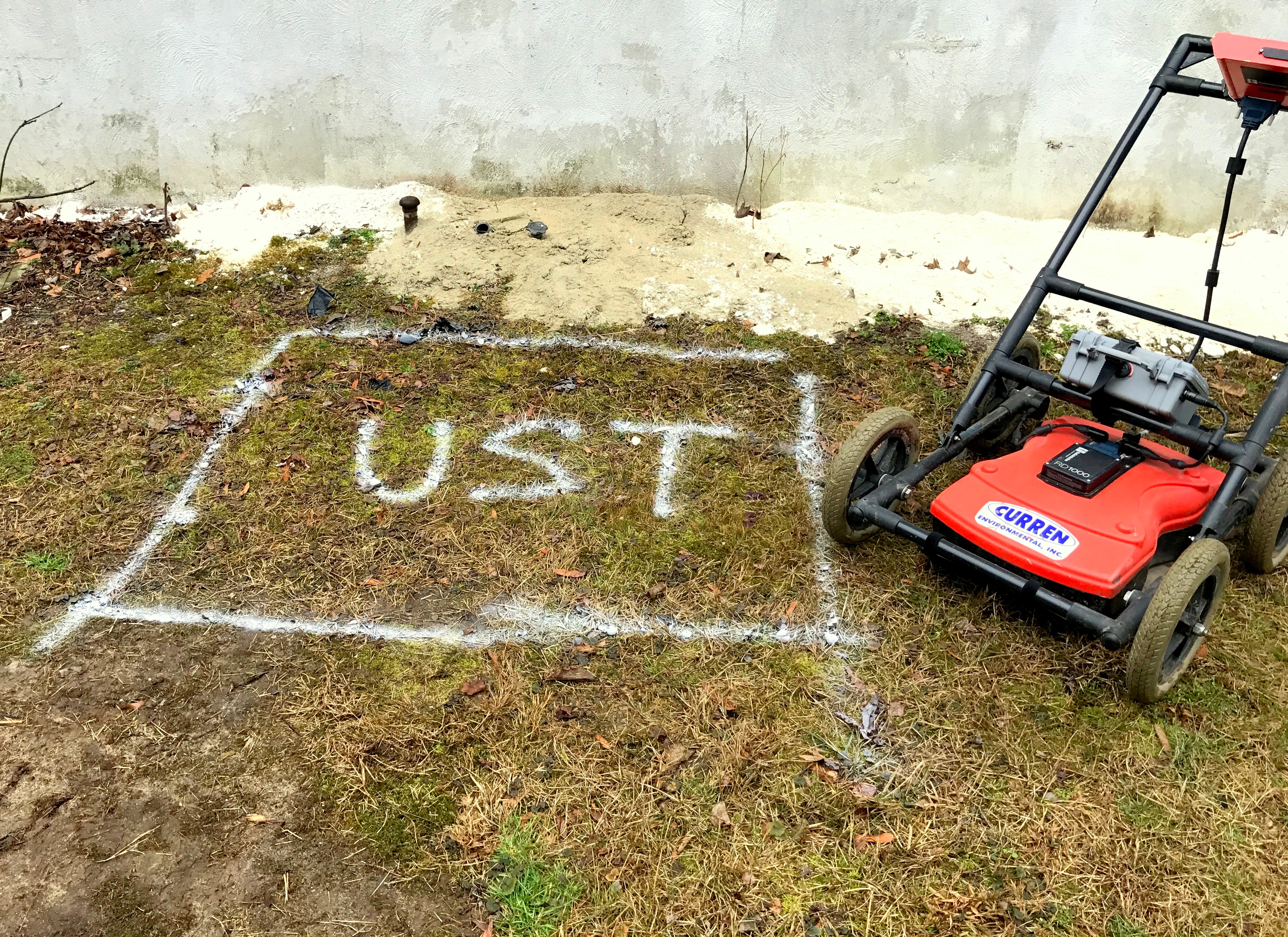
I am selling my property, the buyer did a Phase I. Issues were found and they backed out of the sale. The buyer will not give me a copy of the Phase I, am I entitled to a copy since I am the owner?
If you did not pay for the Phase I, you do not own the report. Many people who pay for a Phase I and do not buy the property tend not to want to share the Phase I with the owner.
I am selling my property, should I do a Phase I?
Aside from the outlay for the cost of the Phase I, there is little downside to the owner performing a Phase I and the upside is very large. When an owner performs a Phase I, they have the opportunity to address any environmental issue BEFORE a buyer is found. Some people also use a Phase I as a marketing piece for the property.
What is performed in a Phase I ESA?
I wish I could make this short, but I can't, a Phase I will entail the following:
Task 1 ‑ Off Site Review
Identify the city, county, and state where the site is located.
Obtain and review current Federal and State databases of suspected and confirmed contaminated sites within the zip code of the site, or within a minimum of one (1) mile, including the following:
NPL [Superfund], FINDS [EPA's Facility Index System], CERCLIS, RCRA, Open Dump Site listings, ERNS [Emergency Response Notification System], and the State Priority List, UST Facility Information, and Solid Waste Facility Information listings. State and local agencies will be contacted as necessary to determine if environmental monitoring or enforcement activities, investigations or claims are or have occurred on or near the site, and if industrial or wastewater discharges to surface waters occur near the site.
Indicate other agencies contacted, the name of the person contacted, and the information obtained.
State the name and address of any listed facility found to be within one mile of the site. Based on the search, indicate the distance and direction from the site to these facilities.
Task 2 ‑ Past Uses of the Site and Surrounding Land
Review title information of the property (provided at Client's expense), and Sanborn Maps, if available, to obtain information on past uses of the property possibly pertaining to the storage, treatment, or disposal of hazardous substances.
Interview the current owners, employees, neighbors, government officials etc., regarding present and previous uses of the property and surrounding area, to a reasonable extent. Indicate the name of the contact and information obtained.
Examine readily available historical aerial photographs and/or maps for indications of historical uses of the property, and for any evidence of potential on-site contamination, such as dumping or land filling.
Investigate whether the site or surrounding land within a one (1) mile radius of the site is being or has been used for any of the following purposes:
- Agricultural (may be indicative of pesticide or herbicide used).
- Landfill.
- Tank/drum/equipment storage.
- Industrial/manufacturing facility (type).
- Oil/gas exploration.
- Chemical/petroleum or waste storage/processing/ injection wells.
- Military installations.
- Fill areas.
- Quarries/sand and gravel extraction.
- Investigate whether there are or have been any storage tanks on the site and, where possible, what was stored in them. If possible, determine the age and the capacity of the tanks and whether a suspected release from the tanks has been reported. Determine if any existing tanks are in compliance with applicable tank laws and regulations.
Task 3 ‑ Present and Proposed Use of Property/Surrounding Land
Provide a Site Location Map of the area using a USGS Quadrangle Map with the site clearly identified.
Identify any land within one (1) mile of the site that is indicated or proposed as a permitted landfill, hazardous waste, or solid waste facility. If so, determine potential for environmental impact on the site.
Determine if there is evidence that water wells, in use or abandoned, exist on the property. Indicate if they are the primary source of drinking water. Specify the present and proposed method of supplying drinking water. Determine the present or proposed method of sewage disposal, whether public or private. Determine if a septic system, abandoned or in use, exists on the site.
Provide a preliminary hydrogeological characterization of the site by reviewing soil survey maps, geological maps, topographical maps, flood plain maps and data, and any other pertinent data available for the property and its vicinity.
Task 4 ‑ Walking Inspection of Property
A qualified Environmental Professional will conduct a walking inspection of the property in order to determine whether any of the following were discovered:
- Discolored or disturbed soil areas.
- Areas of sparse, sick, or dead vegetation.
- Drums or storage tanks (note type).
- Discolored or polluted water; unusual or noxious odors.
- Groundwater monitoring wells.
- Floor drains.
- Roads with no apparent outlet or purpose.
- PCB containing transformers within structures or on power poles and lighting ballasts in older buildings. Other potential PCB containing material, such as soil near current or former railroad tracks.
- Maintenance practices and hazardous materials handling procedures.
- Any storage of significant quantities of potentially hazardous chemicals, including herbicides and/or pesticides.
- Potential use of lead-based paint.
- Potential wetlands and flood plains.
- Provide documenting photographs.
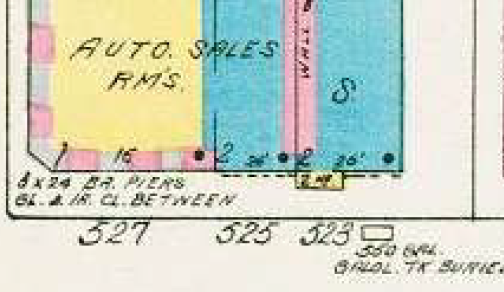
Final Report
Review the data developed from the field reconnaissance, agency contacts and records for technical accuracy and corroboration. Analyze and assemble the data into a final report stating conclusions and recommendations either that no further study of the site be undertaken or that a Phase II Environmental Site Assessment be initiated.
Determine whether there are any unique environmental factors, observations, or aspects of the site history, which would justify further investigations.
About the Author
Curren Environmental is a professional environmental consulting & contracting company that provides turnkey solutions for a broad spectrum of environmental issues. Curren performs Phase I's and Phase II's and Phase III, (drilling, sampling Ground Penetrating Radar Surveys and remediation.) By performing these services in house clients realize cost saving of not having to deal with subcontractor markups.
Curren’s experience in tank removals, tank locating, subsurface evaluations, field sampling, and site investigations and remedial activities has allowed us to provide quality services for over two decades. Our philosophy of hands-on management of environmentally sensitive issues has helped establish Curren as a recognized and trusted name for professional environmental services.

